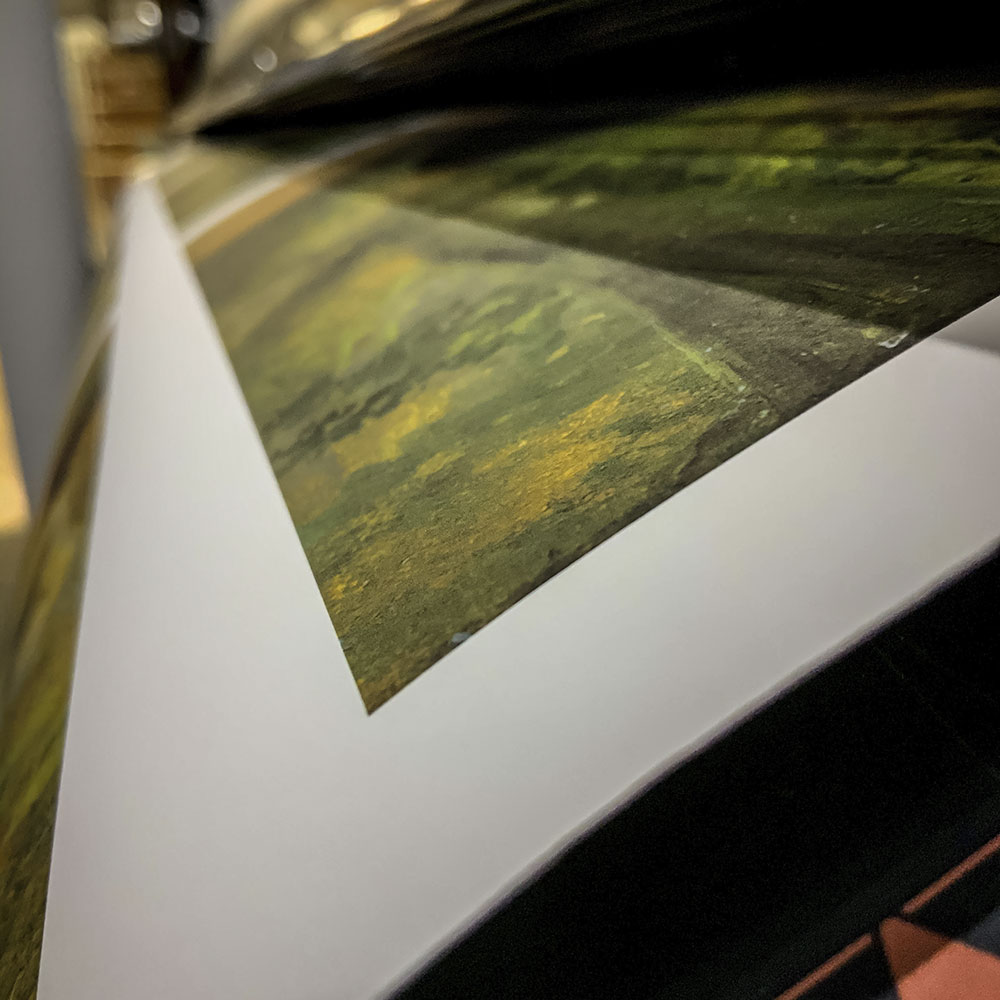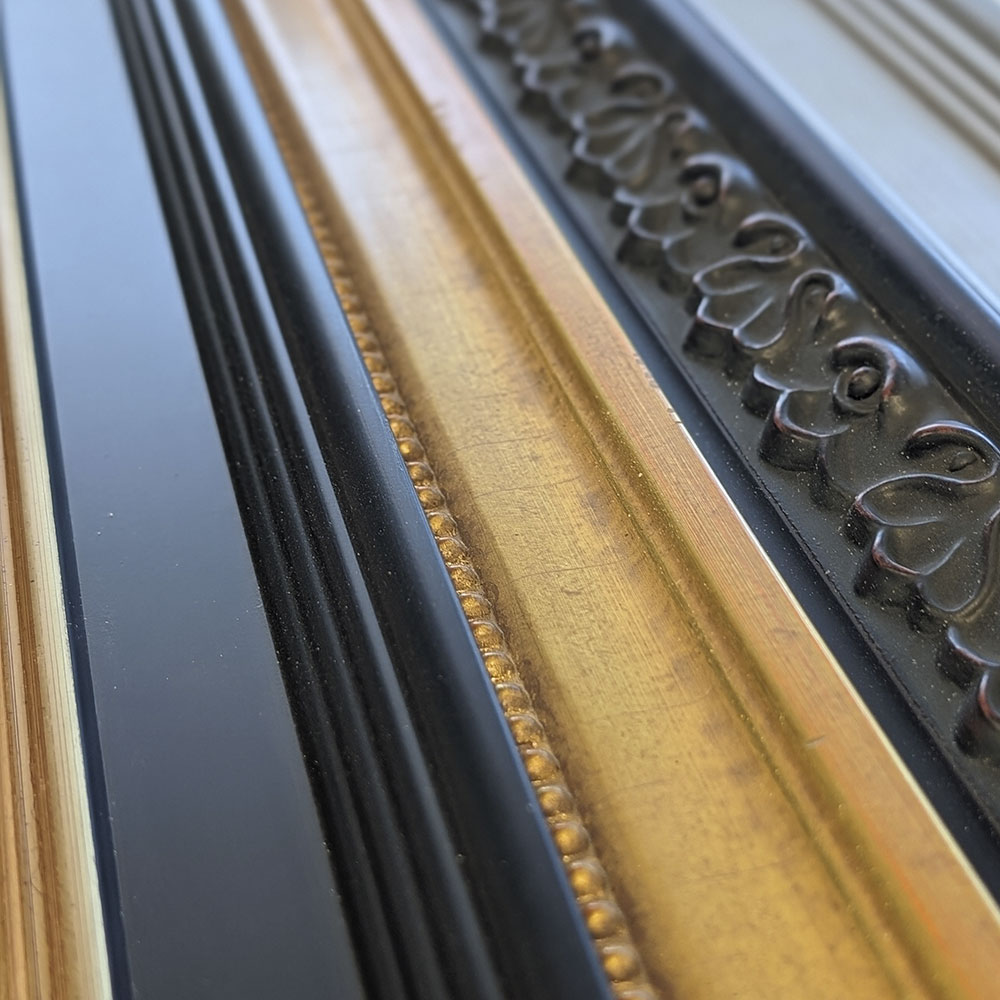Richard Clague (French-American, 1821-1873), Batture Shanty, 1870. Oil on canvas. New Orleans Museum of Art, Museum purchase through the Ella West Freeman Foundation Matching Fund.
Clague’s paintings picture a reality in which the indeterminacy of these landscapes made them available to marginalized communities in a way that more clearly defined - and safer - spaces within the city were not. Clague’s Batture Shanty even more explicitly charts this complex alignment between unfixed environments and available social spaces. The “batture” is a bank between the river and the levee that is covered when the river is high, and exposed when it is low. While the river itself was maintained as public property, and all arable land was sold as private asset, responsibility for - and access to - the batture remained largely undefined. Clague’s image of a “batture shanty” then shows the possibility for settlers to take up these ill-defined zones, and to create structures, however precarious, within them.


